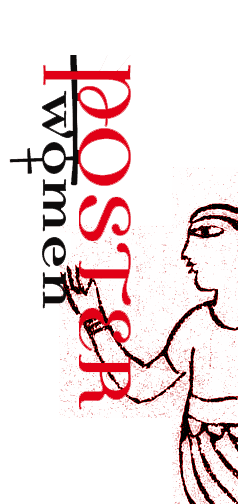|
|
|
 |
 |
 |
 |
 |
 |
 |
 |
 |
 |
 |
 |
 |
 |
 |
 |
From its very inception, the women's movement in India has focused on violence against women as a key area of struggle, with the early campaigns addressing some of the more obvious forms of violence such as rape, dowry, widow immolation.
Two key cases catalysed the nationwide campaign against rape: one of a young tribal woman in Mathura who was raped by two policemen, and the other of a poor woman, Rameeza Bee, whose attackers - also policemen - killed her husband. The subsequent campaign led to major changes in the rape law in the mid-1980s. Similarly, the anti-dowry campaign, sparked off by a number of newspaper reports about the unnatural deaths of young newly-married women, also resulted in legal change.
Among the other forms of violence that the movement has taken up some have been more difficult to address because they take place in the private realm, and women are reluctant to speak about them. Today, nearly a quarter century after it began to be raised publicly, women's groups have secured some legal change in relation to domestic violence and sexual harassment.
In the area of health too, the violence of imposing coercive family planning, forcing injectable contraceptives and banned drugs on women, became major campaign issues, as did the crime of female infanticide and foeticide which has skewed the sex ratio in many parts of the country.
With the growth of communalism and identity-based politics in Indian society, came the new problem of the woman as a perpetrator of violence rather than only its victim. This presents a major challenge to women's groups and has been the cause of considerable rethinking and discussion within the movement.
[Top]
